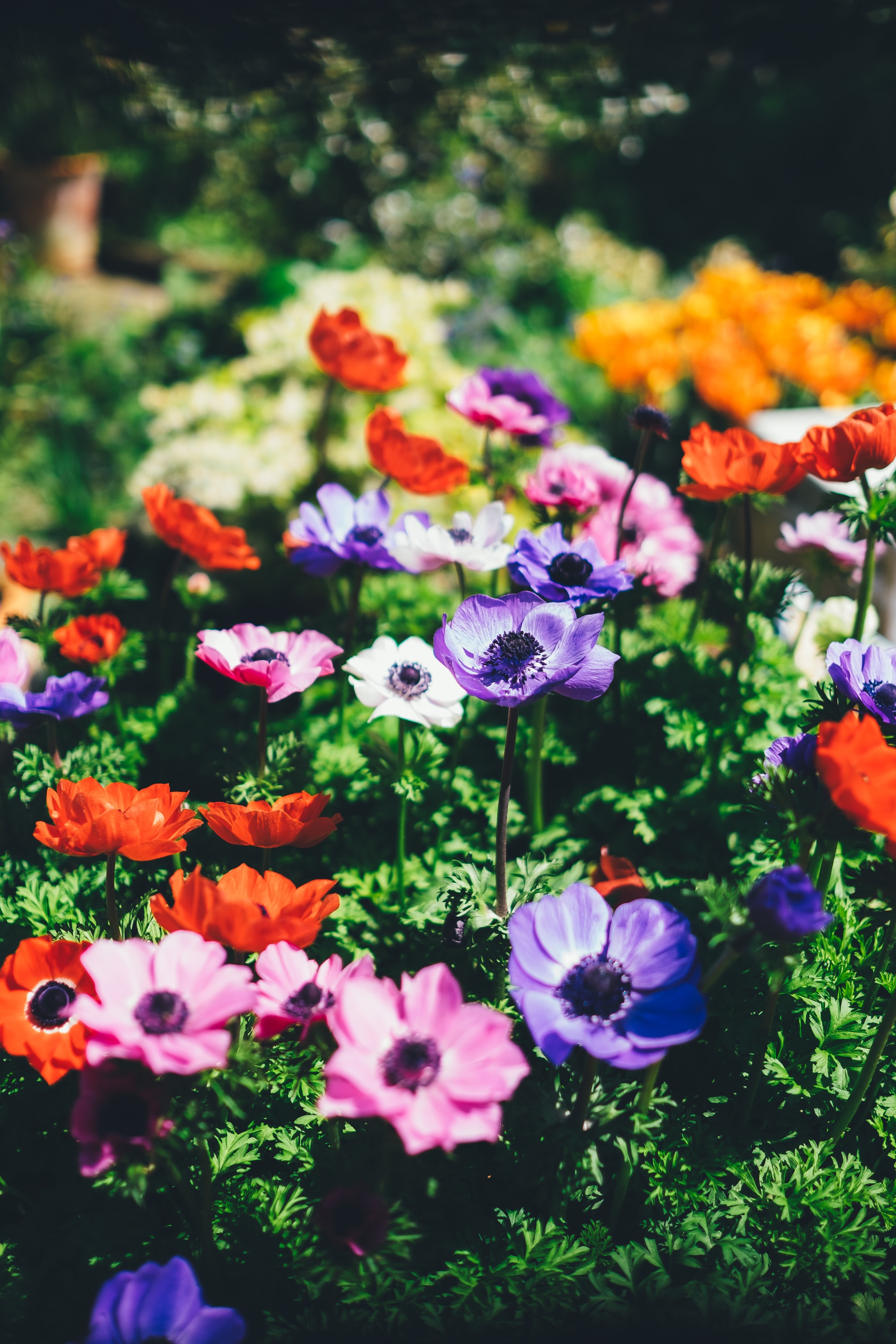Twenty-seven
- Judith Cox

- May 9, 2021
- 3 min read
Updated: May 14, 2021
Judith walks her garden, taking stock of what worked and what she'd change.
Greetings fellow gardeners,
The weather has been interesting: hot or raining or windy but not too cold. I’ve lost some plants over the last two weeks while others are doing well. I have been watering but now the rain seems to have returned.
I was wandering around my garden today, taking stock of what is working and what is not. I planted turnips mid-summer and they seem to be doing well and I may harvest a few on the weekend. For the longest time I used to think that rutabagas or swedes, the large wax-covered things in the supermarket, were the only examples of turnips. I found out a few years ago about white turnips; they look like big radishes. The turnips and their greens are sweet and tender and delicious. I truly enjoy them.

White turnip
My Russian comfrey is still growing. I have harvested it several times and it has one more harvest left. I like to use it as a fertilizer, as green compost, and if I have a bad bruise. For bruises I wet the leaf and put it on the bruise. It really takes the swelling down. I find the Russian comfrey to be easier to control than the regular comfrey. The Russian comfrey is taller, and the leaves are huge. The pendulous bell-like flowers are lovely.

Russian Comfrey
My dog, Belle, likes to accompany me on my garden wanderings and we paused in front of my pot of white sage (Salvia apiana) which is also known as sacred sage. I love this sage. It is a zone 9 plant so I can’t leave it outside for the winter. Sometimes it will survive inside for the winter, but it does not like any cold breezes. It has a very strong scent and is often burnt in ceremonies. It does not do well in recipes; common sage is a better choice for cooking. I dry white sage and use it if I am not feeling well. Using a strainer, I make a tea from the dried sage and use local honey as a sweetener.

Belle with white sage
I have noticed that a lot of people are scrambling to clean up their gardens. Relax. We should have a few weeks before it snows. Cleanup can be a very personal thing. Some people like to have their gardens become a pristine wasteland where every bit of organic matter is filed into compost or garbage while others do nothing to their gardens. I like to go right down the middle. I leave a lot of my perennials alone so that the dead growth catches snow to protect the plants as well as the beneficial insects that over-winter in my garden. I do make exceptions. For tomatoes I do not compost the plant or the surrounding debris as it can harbor many diseases such as blight. I put everything to do with tomatoes in the green bin and not near my garden. Cucumbers, zucchini, squash, and pumpkins can be home to over-wintering cucumber beetles. I do not want those! I put all vines and organic matter from these vegetables into the green bin. Stir up the soil where the vegetables were planted to be sure that you are not making a comfy bed for those beetles.
I like to add fallen leaves to my garden as they will protect my tender perennials, compost over the winter, and add nutrients. Do not use leaves from oak or walnut trees as they take a long time to break down. I don’t use apple tree leaves as the leaves often have diseases. I am wary of all fruit tree leaves for that reason. I have a mulching mower so when I do a final cut of my grass, I leave the mulched grass and leaves to feed the lawn.
Even though it has been raining, don’t let your garden dry out. Pots need water and late crops need water as well. Keep on weeding to save yourself work in the spring and be sure to have your bulbs ready to plant in a week or two.
Enjoy the fall colours in your garden and have a great week.
Judith. (Email: lapisdragonarts@gmail.com)
All Veggie Bites are available at the SGHS website: https://sites.google.com/site/sghortsoc/



Comments